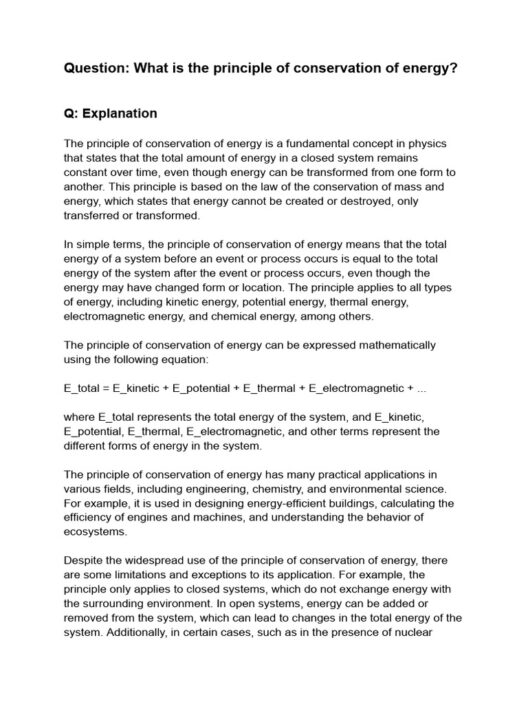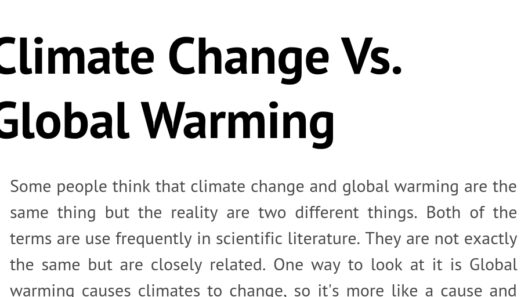In our contemporary environment, the discourse surrounding automobiles, particularly electric vehicles (EVs), and their role in global warming has become increasingly pertinent. The juxtaposition of traditional combustion engine vehicles and the burgeoning electric vehicle market has stimulated considerable debate among environmentalists, policymakers, and the public alike. This article delves into the nuanced complexities of how cars, both conventional and electric, contribute to global warming.
To grasp the ecological impact of automobiles, one must first understand the combustion process inherent in traditional vehicles. Internal combustion engines (ICEs) operate by burning fossil fuels—petrol or diesel—which releases a medley of greenhouse gases, primarily carbon dioxide (CO2), into the atmosphere. The accumulation of these gases is a pivotal factor in the greenhouse effect, wherein they trap heat within the earth’s atmosphere, leading to climatic perturbations and, ultimately, global warming.
On the other hand, electric vehicles present a seemingly environmentally friendly alternative. At first glance, they herald a reduction in the direct emissions associated with transportation. Since EVs do not emit CO2 while operating, advocates often herald them as a panacea for the vehicular contribution to climate change. Yet, this narrative is overly simplistic and requires dissection.
Electric vehicles do require electricity to operate, and the environmental implications of this electricity generation are paramount. In regions where electricity is primarily derived from fossil fuels such as coal, natural gas, or oil, the indirect emissions associated with EV operation can be significant. The carbon footprint of charging an electric vehicle may, in some instances, equal or even exceed that of a conventional vehicle, particularly if the energy mix is heavily reliant on fossil fuel sources. Conversely, if the electrical grid is powered by renewable energy sources—like wind, solar, or hydroelectric systems—the overall emissions associated with electric vehicles are greatly diminished.
The manufacturing processes of both ICE and EVs also contribute to their overall environmental impact. The production of electric vehicles necessitates critical raw materials, including lithium, cobalt, and nickel, used in their batteries. The extraction and refining of these materials often inflict substantial ecological and social consequences. Mining operations can lead to habitat destruction, biodiversity loss, and pollution of local water sources. Moreover, the mining process is often linked to human rights violations in various regions globally. Establishing a sustainable supply chain for these materials is an ongoing challenge that could considerably mitigate the negative impacts of EV production.
When examining the lifecycle emissions of vehicles, it becomes essential to consider not just operation and manufacturing, but also disposal. The end-of-life treatment of EV batteries remains a pressing issue. While recycling technologies for batteries are evolving, the systems are not yet universally accessible or efficient. Improperly discarded batteries can release toxins into the environment, compounding concerns associated with vehicular waste. Therefore, enhancing battery recyclability and reusability must be a priority within the EV industry.
Beyond the mere differences in operational emissions, it is crucial to recognize the broader implications of vehicle dominance in urban planning and infrastructure. Cities are often structured around car-centric paradigms, leading to increased emissions due to traffic congestion and urban sprawl. The more vehicles on the road—be they electric or combustion—the greater the congestion and the resultant emissions from Idling engines. Shifting towards a more integrated approach that emphasizes public transportation, cycling, and walking can drastically diminish the overall reliance on personal vehicles, which is an essential strategy in combating climate change.
Additionally, the adoption of car-sharing programs and ride-sharing services offer innovative alternatives that can lead to a reduction in the total number of vehicles required. By fostering a culture that prioritizes shared mobility rather than sole ownership, we can efficiently minimize the per capita emissions linked to transportation.
It is vital to engage with policymakers to incentivize the transition to cleaner modes of transport. The implementation of stricter emissions standards, investments in public transportation infrastructure, and incentives for adopting renewable energy sources for electricity generation must constitute integral parts of a comprehensive climate strategy. Furthermore, collaboration with industries to develop cleaner battery technology and sustainable practices within the supply chain can provide pathways toward reduced environmental impact from both traditional and electric vehicles.
In conclusion, the relationship between cars, electric vehicles, and global warming is intricate and multifaceted. While electric vehicles present a viable pathway towards mitigating transportation emissions, their overall impact cannot be viewed in isolation. The efficacy of EVs as a climate solution hinges on several interlinking factors—energy sources, manufacturing processes, lifecycle emissions, urban infrastructure, and societal behavior. Pragmatic solutions lie in complementary strategies that address vehicular emissions holistically rather than singularly focusing on the transition to electric mobility. Ultimately, achieving traction in the fight against climate change demands a collaborative effort at numerous levels, ensuring that both existing and emerging technologies align with the overarching goal of sustainability and ecological preservation.








